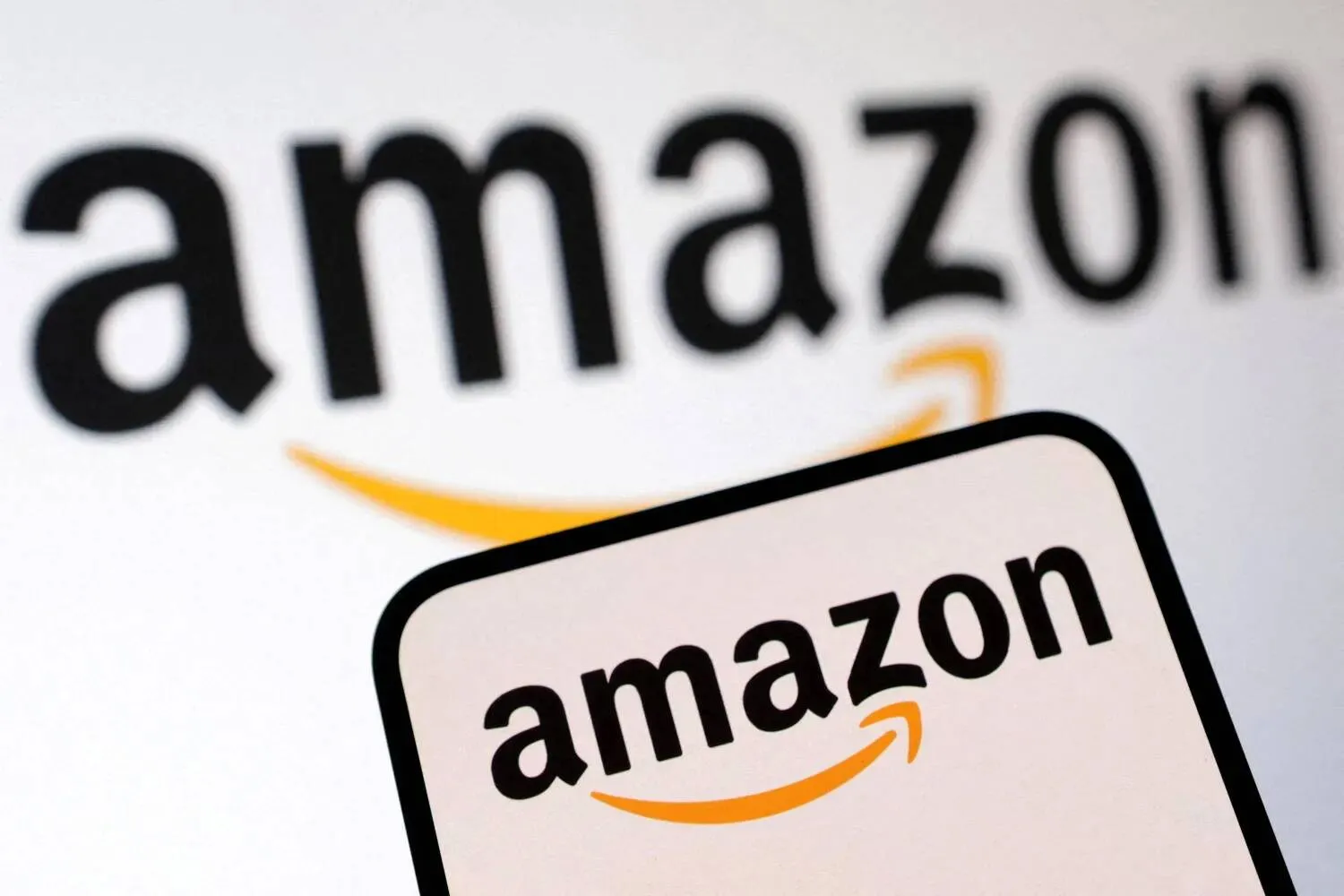China's Geely Holding Group on Wednesday said it would launch a series of hybrid models in the first half of next year equipped with its next-generation, more fuel-efficient engine.
Geely's engine achieves a thermal efficiency of up to 46.1%, according to a product certificate issued by the government-owned CATARC Huacheng Certification Co.
Geely said this was among the highest in the world, and would reduce fuel consumption and extend driving range, Reuters said.
The new models will be launched for Geely Auto's Galaxy series and its Lynk & Co brand.
Plug-in hybrids are the fastest growing fuel-type sector in China thanks to their affordability, and competition in the sector is intensifying.
BYD on Tuesday launched two hybrid sedans equipped with its new hybrid tech, priced from 99,800 yuan ($13,800).
BYD said the new hybrid tech enables fuel consumption on depleted batteries of 2.9 liters per 100 km under New European Driving Cycle tests, with a thermal efficiency of 46.06%.
China's Geely to Launch Hybrids with More Fuel-efficient Engines

FILE PHOTO: The Geely logo is seen at a car dealership in Shanghai, China August 17, 2021. REUTERS/Aly Song/File Photo

China's Geely to Launch Hybrids with More Fuel-efficient Engines

FILE PHOTO: The Geely logo is seen at a car dealership in Shanghai, China August 17, 2021. REUTERS/Aly Song/File Photo
لم تشترك بعد
انشئ حساباً خاصاً بك لتحصل على أخبار مخصصة لك ولتتمتع بخاصية حفظ المقالات وتتلقى نشراتنا البريدية المتنوعة







